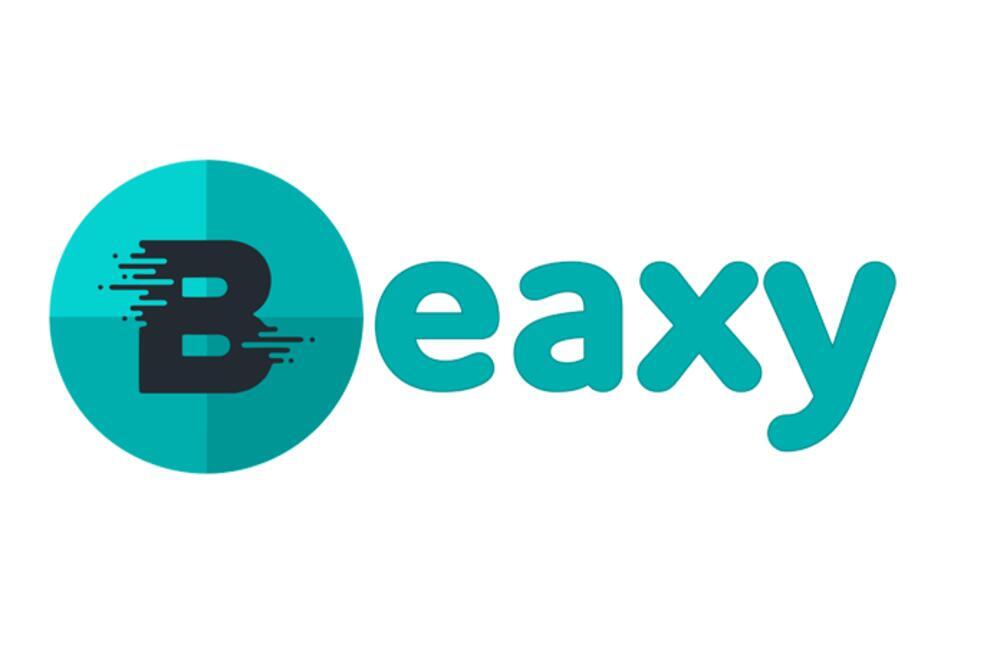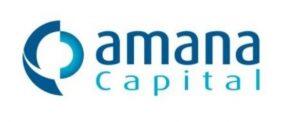Contents:


This doesn’t mean you won’t get help if you face issues while using Kubernetes. Another thing to note is that Kubernetes Helm charts are great to work with, while OpenShift has a fancy user interface dashboard. Different cloud service providers offer various Kubernetes managed services, each with its own set of add-ons, plugins, and usage guidelines.
Indeed, Gartner predicts worldwide container management revenues will more than double from $465.8 million in 2020 to $944 million in 2024. OpenShift is known to bring professional and production-oriented experience to engineers. OpenShift is a complete, enterprise-ready platform for developing applications with Kubernetes. It is a platform-as-a-service and is built using all the features and functionalities a developer needs to create modern applications. These features are highly appreciated by developers as they accelerate product launches and prevent performance problems. But if you don’t constantly track what’s going on in your Kubernetes environment, your cluster can eat up resources that are not actually used, leading to unexpected cost spikes.
OpenShift may manage and automate application and container development, scaling, and deployments. However, container instances and underlying resources must still be monitored and managed by the operations team. Docker, when used together with Docker Swarm, provides only the most basic container orchestration capabilities. OpenShift supports various deployment environments, including on-premise Windows or Linux and cloud environments. It also provides native routes configured to direct public traffic in containers, including Red Hat Enterprise Linux, Fedora, Red Hat Atomic Host, and CentOS. However, it limits deployment possibilities for organizations that do not use these platforms.
Red Hat owns the OpenShiftproduct, which is partially built on Docker. Both OpenShift and Kubernetes are open-source platforms helping with container orchestration and application development. There are different cloud providers, including AWS, GCP, and Azure, that offer various Kubernetes managed services, each with their own set of add-ons, plugins, and usage guidelines. Before switching between cloud services, you need to become familiar with the managed Kubernetes services in order to grasp how things work. True enough, the user experience and features of hosted or managed OpenShift remain the same. Kubernetes is an open-source system for automating the deployment, scaling, and management of containerized applications.
AWS Fargate Pricing: The Cost of Hosting an App in Fargate
The user reaches a healthy service so their request succeeds instead of failing. Kubernetes is highly helpful in automating many different processes, such as balancing containers in a VM, and orchestration. Having known about the basics of Kubernetes, let’s find out the fantastic features of this platform. 28% gain in usage in 2021, according to Datadog, conveying the platform’s popularity in cloud container technology. Though DeploymentConfig does not support concurrent updates like Kubernetes objects, OpenShift deployment, however, has certain advantages including versioning and automated deployment triggers. Kubernetes lacks built-in capabilities for authentication and authorization.

https://forexhero.info/ is a free and open-source container orchestration platform used to streamline the deployment and management of clustered applications that depend on Linux containers. Kubernetes can be implemented on clouds, in-house systems, or hybrid frameworks. Red Hat’s OpenShift is perhaps the best-known of these platforms, offering a set of services that scale from edge deployments to working in virtual infrastructures running on public clouds.
OpenShift is often linked with on-premises deployments, but its capabilities extend beyond the confines of a traditional data center. A collection of tasks called Services specifies the status of either a container in a cluster. A single instance of the container is specified for each Service job, and Swarm distributes those instances across the nodes. To execute programs in a secure environment, Docker offers containers.
The Quick Architecture of OpenShift
The Docker API is used on the front end, allowing us to utilize various tools to manage it. An open network of engines works together to provide pluggable backends. More than 100,000 apps are accessible to the general public, and there are both private & public container registries available.

If flexibility and massive scale are your goals, consider Apache Mesos. Mesos is somewhat different than the first two mentioned here, in that it takes more of a distributed approach to managing data center and cloud resources. Mesos can have multiple masters, which use Zookeeper to keep track of the cluster state among the masters and form a high-availability cluster. Because applications develop over time, a single image name can actually refer to many different versions of the “same” image. Each different image is referred to uniquely by its hash (a long hexadecimal number e.g. fd44297e2ddb050ec4f…) which is usually shortened to 12 characters (e.g. fd44297e2ddb). A pod can have init containers in addition to application containers.
What is Kubernetes?
This allows developers to work with a basic Kubernetes install on workstations while deploying to an OpenShift environment. As OpenShift is a certified Kubernetes environment, you can install the same base version in developer toolchains and keep your licensing costs to a minimum. Simplification comes with its own downsides; while OpenShift supports most core Kubernetes features, it doesn’t support the latest services or key packaging and deployment tools. You will need to consider how to translate pure-Kubernetes operations to OpenShift, though support for tools like Ansible and direct integration with CI/CD platforms can reduce friction considerably. Cloud Foundry is an open-source platform as a service solution from Pivotal, which provides enterprises with a selection of application services, clouds and developer frameworks.
Now Kubernetes is one of the top open-source projects used by many companies to orchestrate their production workload. Volunteers help manage the development, maintenance and new releases of Kubernetes. However, operating Kubernetes alone doesn’t allow users to integrate components like ingress, load balancing, logging, monitoring, networking and storage. OpenShift has been helping enterprises and organizations with container deployment long before Kubernetes came into the picture. While Kubernetes provides flexibility to developers, OpenShift provides many in-built components.
Due to this, we can see a number of Kubernetes-as-a-service platforms offered by vendors of different scale. Red Hat provides automated installation and upgrades for most common public and private clouds, allowing you to update on your own schedule and without disrupting operations. This process is perhaps one of the biggest differentiations between OpenShift and the standard Kubernetes environment, as it provides a runbook for updates and uses this to avoid disruption.
- Swarm allows developers and IT administrators to create Docker node clusters and manage them as individual virtual systems.
- Self healing – Through self-monitoring, recovery, and healing, Kubernetes restores or replaces containers that fail automatic health checks.
- Founded in 2015, Aqua is headquartered in Boston, MA and Ramat Gan, IL with Fortune 1000 customers in over 40 countries.
- Kubelet acts as a primary node agent for Kubernetes responsible for launching and monitoring containers.
docker vs kubernetes vs openshift also limits user access to certain system regions, due to its integrated security controls, end-to-end authorization, and authentication. Log analytics is critical in managing the orchestration of containers. Logs provide insight into what happens within a container cluster, such as which processes are running, resource utilization metrics, and errors from failed deployments. The OpenShift Container Platform contains an in-cluster image registry for deploying and extracting images that are either produced within the cluster or are referred from any external sources. Quay is an always accessible, enterprise grade image registry with enhanced role based access control features. The goal of this operator is to support duplicating the features found within OpenShift integrated image registry with Quay.
OpenShift vs Kubernetes (1,5 k, medium)
In this article, we will examine and point out some of the differences between two popular container orchestration management systems, Red Hat OpenShift and native Kubernetes. The first and most important distinction between OpenShift and Kubernetes is that OpenShift is a commercial product that requires a membership. In contrast, Kubernetes is an open-source Project available for free. Therefore, in the case of any issues or bugs, OpenShift offers a good paid support alternative for troubleshooting the issues. Support for migrating applications to a cloud environment with minimal difficulty for the developers and other staff involved in the software development lifecycle. Docker Hub is a software-as-a-service tool that allows users to share containerized applications via a centralized library.
Docker is container technology and a company-offered container image runtime. It is supported by its ecosystem to manage and run Docker container images with its dependencies. Like all managed Kubernetes services, it can be hard to determine what Red Hat brings to the table with OpenShift. After all, if you’re running a certified Kubernetes, your containers and orchestration should run no matter where you sourced it. That underlying neutrality is key to the success of Kubernetes, so any managed Kubernetes distribution needs to offer more than rolling your own Kubernetes environment.
Red Hat OpenShift Update Extends Reach of Operators for Kubernetes – Container Journal
Red Hat OpenShift Update Extends Reach of Operators for Kubernetes.
Posted: Wed, 01 Feb 2023 08:00:00 GMT [source]
By implementing K8s, it became easier to bring more features and one of the most exciting is integrated, Jenkins. Even though there are plenty of CI/CD software solutions available, Jenkins is still the biggest, most universal, generic and mature solution. OpenShift with its additional feature makes the deployment of apps easy with the CI/ CD pipelines.
 Consultorio Jurídico Virtual Consultorio Jurídico Virtual
Consultorio Jurídico Virtual Consultorio Jurídico Virtual